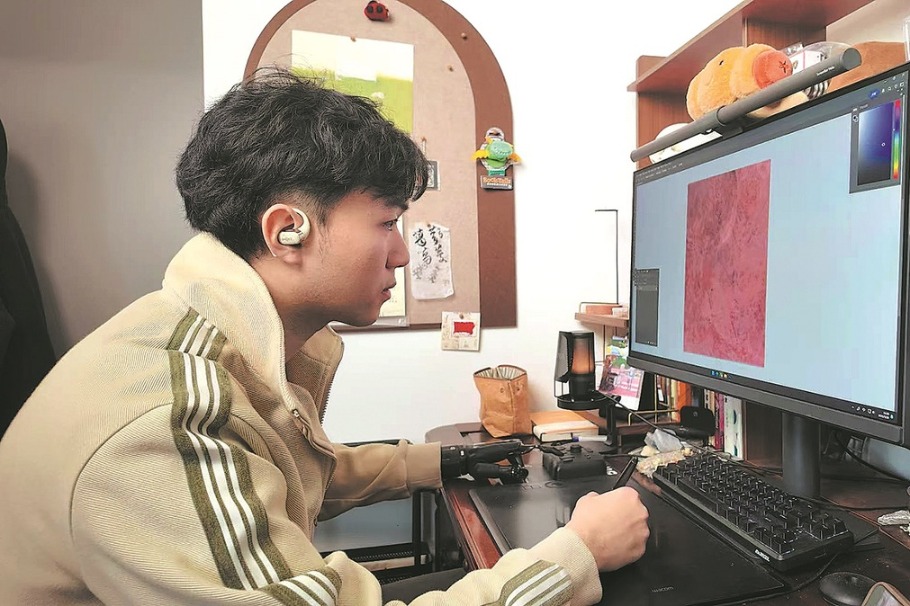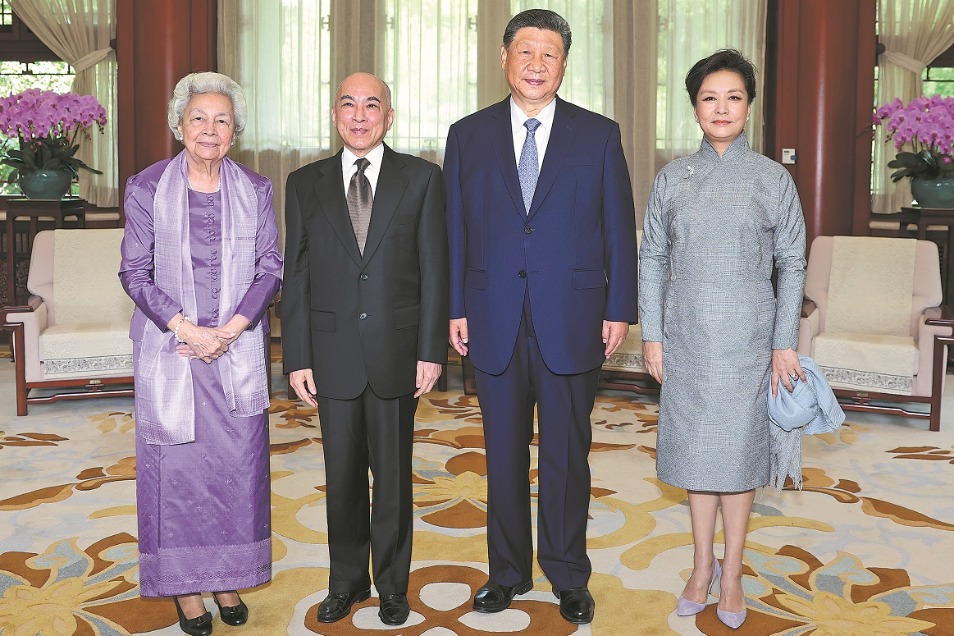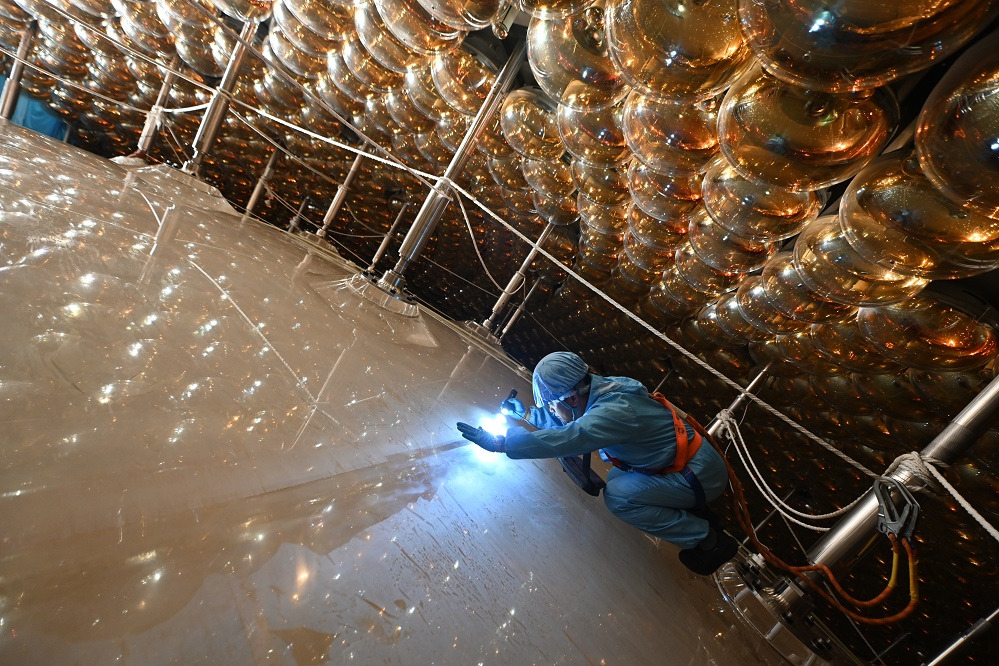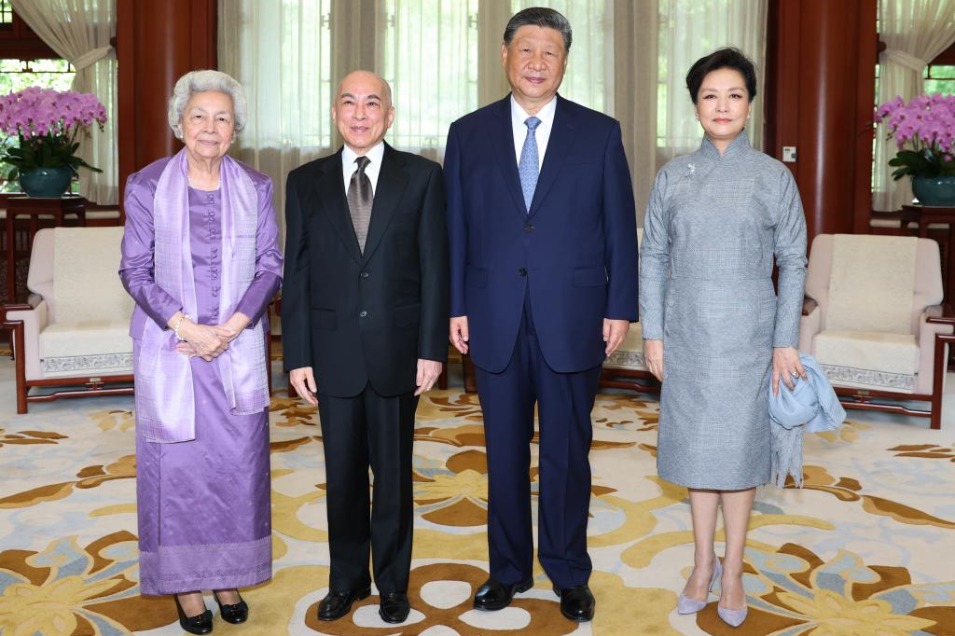The final frontier

Commercial angle
Unlike China's manned spaceflight and lunar exploration programs, which were pushed by global trends, the country's entry into the commercial launch market industry was a self-made choice.
In the early 1980s, the huge profits of operating communications satellites attracted many countries to invest in satellites. There were a large number of communication satellites waiting to be launched.
China Great Wall Industry Corp, established in 1980 by China Aerospace Science and Technology Corp, decided to scout for opportunities in the commercial launch market.
On April 7, 1990, the Long March 3 launch vehicle blasted off from Xichang Satellite Launch Center, sending AsiaSat-1, a communications satellite produced by US satellite maker Hughes Aircraft, into orbit. It marked China's first commercial launch.
The first eight commercial launches by China's rocket carriers were successful. But in 1996, the newly developed Long March 2B launch vehicle, carrying the communications satellite IntelSat 708, hit the ground and exploded. This was followed by another failure in the same year. The consecutive failures dampened customer confidence and five contracts were cancelled, while ongoing negotiations for several other launches were dropped.
After efforts were made to improve the launch vehicle's reliability, the Long March 2B rocket carrier restored its service the next year and sent a communications satellite made by the US for the Philippines into orbit.
China launched a few more commercial satellites, until the US banned in 1999 the export of satellites to China containing components covered under the US International Traffic in Arms Regulations (ITAR). Due to the trade barrier, China was denied further opportunities, as US companies still made most of the commercial satellites.
| From left, Yin Liming, president of China Great Wall Industry Corp; Qi Faren, designer of the Shenzhou manned spacecraft; Ouyang Ziyuan, chief scientist of China's lunar exploration program. Provided to China Daily |
Because of this, China did not conduct any commercial launches between July 1999 and March 2005, says Yin Liming, president of the corporation. But after a few years' efforts, the company found new ways to bypass the US trade barriers.
Since 2005, China has began to cooperate with European satellite makers and launch satellites manufactured without components controlled by the US regulations, enabling it to re-enter the commercial launch market.
The company also tried to sell domestically developed commercial satellites. With China's space activities getting more frequent in recent years, including a space station by 2020 and the Beidou (Compass) satellite navigation and positioning system that has started services in Asia last year and will provide global service around 2020, Yin believes that there is a bigger market awaiting to be explored.
- 日本富人移居海外時(shí)或?qū)⒈徽鞫?/a>
- 日本北海道觀光巴士被撞2人重傷 乘客多為外籍
- 日本一微胖男子冒充警察 詐騙老婦26萬(wàn)元人民幣
- 日媒:日本將擴(kuò)大發(fā)掘在華遺棄化學(xué)武器
- 日本政府首次公開(kāi)否定“河野談話” 遭各方批駁
- 日本男醫(yī)師借針灸猥褻女患者被捕 稱為了治療
- 日本靜岡縣一觀光巴士發(fā)生追尾 9名中國(guó)游客受傷
- 日媒:日本“企業(yè)小弟”橫行成黑幫根基
- 日本逮捕兩名涉嫌非法匯款中國(guó)男子 一名已認(rèn)罪
- 日本新經(jīng)產(chǎn)相陷丑聞 資金管理團(tuán)體向SM酒吧付費(fèi)































